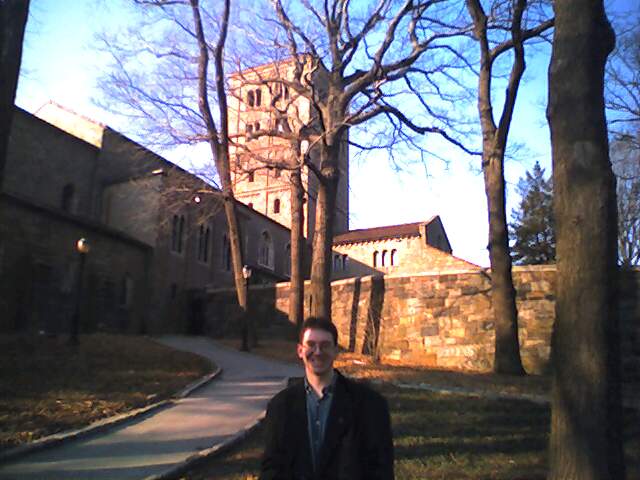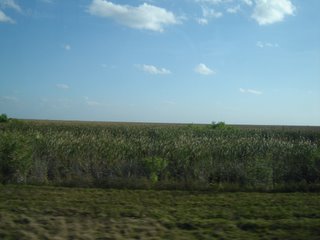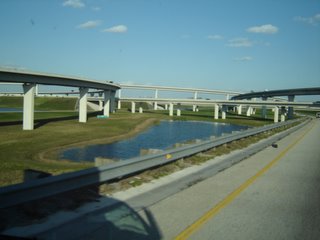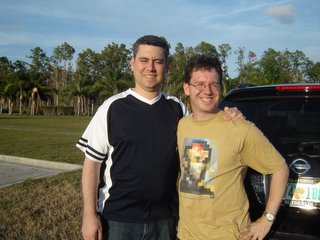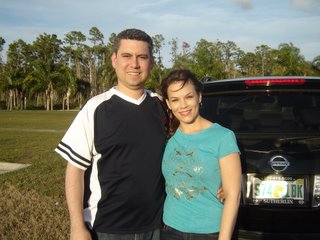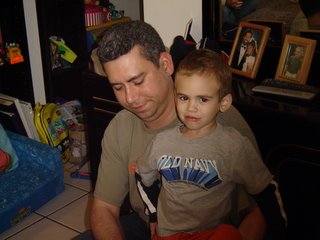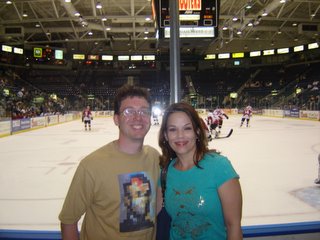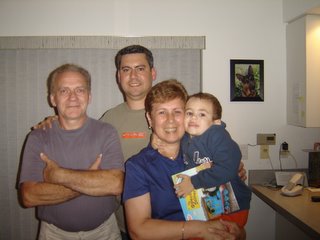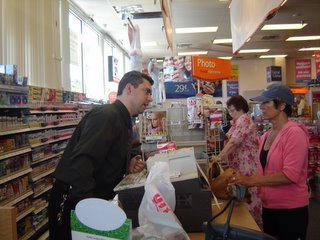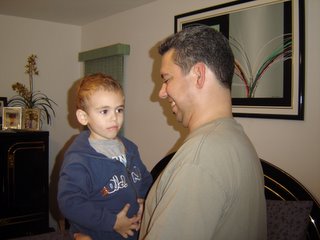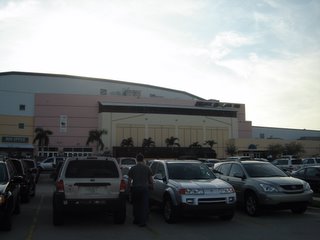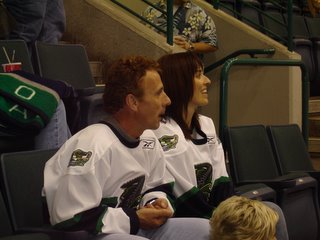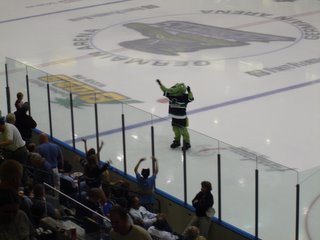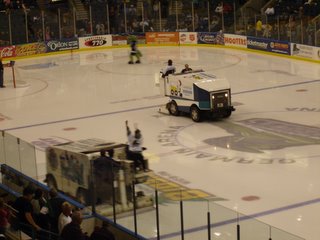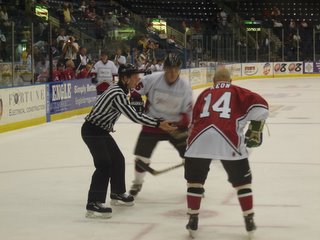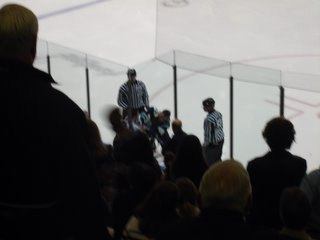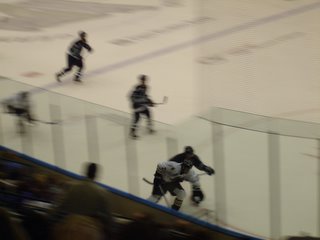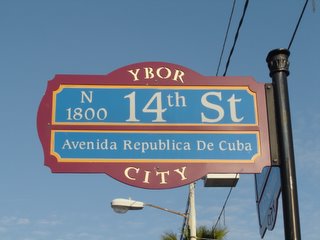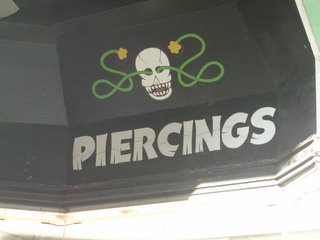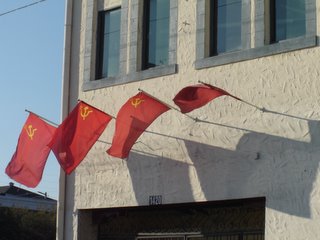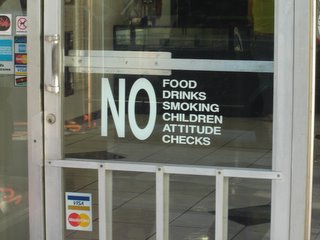Organic Food
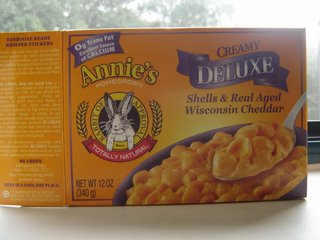 With a week in an Extended Stay, I had a kitchen and the ability to prepare food for myself. In an effort to "be more healthy" I tried an experiment: I shopped primarily for organic foods.
With a week in an Extended Stay, I had a kitchen and the ability to prepare food for myself. In an effort to "be more healthy" I tried an experiment: I shopped primarily for organic foods.Somewhere along the way in life, I read that high fructose corn syrup is evil with the substance being linked to obesity and other health problems due to the way the body absorbs the substance.
Initially, I had no intention of going the organic route. I just wanted to avoid the HFCS. The problem is that it's everywhere. You can hardly make a meal buying regular store bought groceries.
In fact, because it is in most kinds of bread (even the ones with "all natural" labels), it's nearly impossible to avoid.
I defy you to try to shop for two weeks in a regular supermarket without buying something with HFCS in it.
I couldn't even make a PB&J sandwich without some of it in there.
Soda? Forget it.
So in failing to find another way to avoid the substance, I decided to try organic foods.
That led me to trying out things like Annie's Organic Creamy Deluxe Macaroni and Cheese. The Annie's brand promotes "all natural" pasta lines, some which are good and some that are not. They also come with stories on how buying the stuff helps the Earth. That wasn't my main concern though, my taste buds were, and the Creamy Deluxe was a big hit with my stomach.
In my mind though, pasta is no big deal and seemingly not a big organic food risk.
To make this work, I had to plunge in.
I had to try an organic version of a staple of my diet.
I had to try organic peanut butter.
 This is a big risk. If chemicals have done any good thing, it's make a nice tasting peanut butter (keep in mind here, I do not believe that brands such as Jif or others have HFCS in it, but they do put a lot of stuff in there that sounds strange and I was locked into organic foods for the sake of this experiment).
This is a big risk. If chemicals have done any good thing, it's make a nice tasting peanut butter (keep in mind here, I do not believe that brands such as Jif or others have HFCS in it, but they do put a lot of stuff in there that sounds strange and I was locked into organic foods for the sake of this experiment).I am also a big Jif fan. Anything significantly moving away from that made me worried. There was no going back. I was going to do this for a week...or starve.
So I bought a jar of Maranatha peanut butter for the experiment. Be warned though, Maranatha has a almond butter product at about $17 a jar...that gave me sticker shock and almost killed the experiment. The peanut butter was more reasonably priced. If it wasn't, I was going to have to give up this stupid granola eating world-saving crusade and eat chemicals again. I'd like to save the world, but not for a $20 PB&J sandwich.
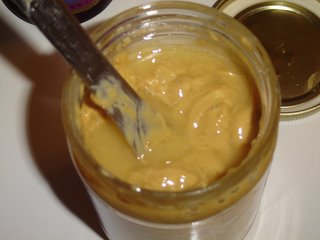 The first thing I noticed upon opening the jar was that organic peanut butter looks like diarrhea.
The first thing I noticed upon opening the jar was that organic peanut butter looks like diarrhea.The peanut butter and the oil it is encased in separate during the shipping process, and you have to mix them back together before using it. This gives the product its nasty look and feel, and within seconds of opening it I had regrets.
Would you want to put that in your body? Would it come out looking the same?
It also requests that you refrigerate the jar after opening, something the chemical compound Jif jars do not require you to do. I suppose that is a good sign of organic/natural food at work. I noticed that after some time being cooled off, the peanut butter looks like the regular (aka chemically created) kind.
The "all natural" jelly was just jelly, with no HFCS in it. I had no worries about it because it pretty much looked like any normal brand.
 So, I applied it. I found a rare kind of wheat bread that did not have high fructose corn syrup in it, but had to trade it off with some glutens, which is another problem. It was impossible to find a kind of bread without glutens or HFCS, at least in the supermarket I was shopping in.
So, I applied it. I found a rare kind of wheat bread that did not have high fructose corn syrup in it, but had to trade it off with some glutens, which is another problem. It was impossible to find a kind of bread without glutens or HFCS, at least in the supermarket I was shopping in.I tried it.
Success!
It was good. The Maranatha peanut butter was tasty, and the texture did not bother me so much (after all, I could not see it any more).
Initially, all was well. But what would be organic food's more medium-term effects?
Things took a turn for the worse after a day or so or organic sandwiches and pasta.
Then, my stomach and bowels became confused. Such severe noxious gasses were coming out of my body that had I been in Iraq, the search for WMDs would have ended when the troops found me.
I found myself breaking wind constantly.
It was the really nasty kind too.
There are only two possible reasons for the putrid smell that was expelled from my lower half: 1) my body did not take to the food too well, or 2) my body, finally eating chemical-free food, had a chance to remove bad stuff stored in my body over time.
I'm not sure which was true.
After a couple of days of being alone (who wants to be around that?), my body stopped excreting nasty odors and I went on with my life.
Once my body made the adjustment, all was well and I could have a social life again.
To sum up the experiment: Like any kinds of food, some organic products were good and some were bad.
The regular Annie's creamy pasta tasted good; another brand's whole wheat organic spaghetti blended well with Paul Newman's organic tomato sauce; and I did like the PB&J sandwich that I have described above.
Other Annie's products, such as their whole wheat pasta, was pretty bad.
The verdict: I liked most of the organic food I bought and like the idea of it. It's nice to buy food products with labels you can understand, and chances are you're helping a family farm while doing it.
It's not for everyone though. We have been conditioned to eat chemicals all of our lives. It's hard to teach our taste buds to act otherwise.
If you'd like to try my experiment on your own, here's my advice: do it when you can be alone for a while.
You never know what it will do to you or the ones you love.
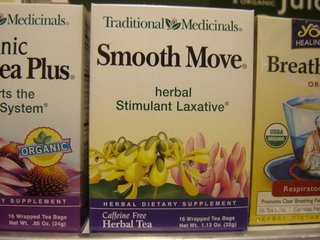 If it doesn't work out you can always try this: organic stimulant laxatives.
If it doesn't work out you can always try this: organic stimulant laxatives.Just so you know, I did not try this one.
RELATED LINKS:
This person says high fructose corn syrup is not that bad. He is clearly a slave to corporate America or something.
Is Arthur Daniels Midland (a big maker of high fructose corn syrup) the "Exxon of corn"?
Food is Evil!
New Coke, Classic Coke, and high fructose corn syrup. What the "New Coke" thing was all about.

